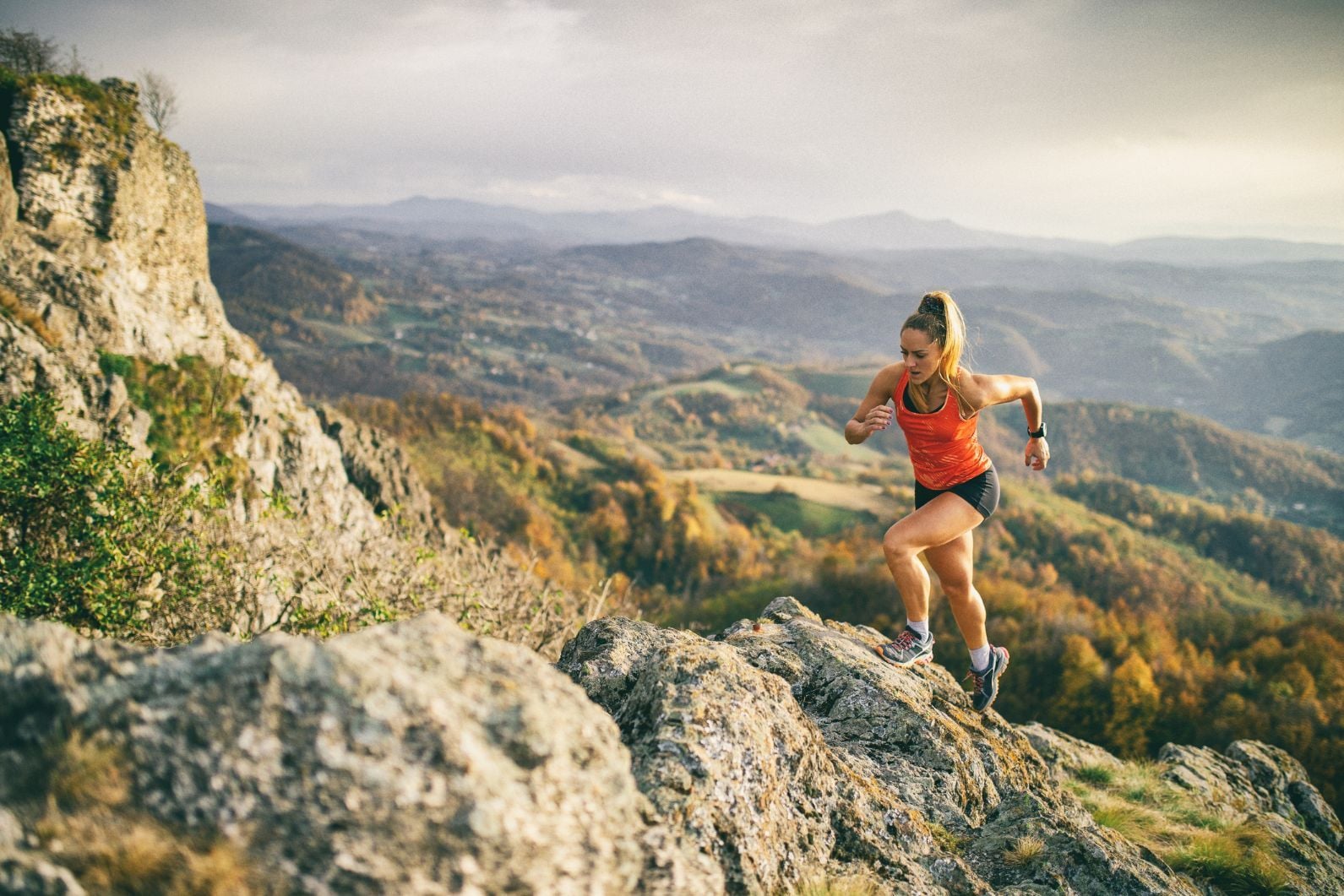Maybe it's your best friend. Maybe it's your colleague. There's a good chance that you're impacted by the issue yourself. The anecdotal truth that everyone’s knees are buggered seems to now be commonplace in the outdoor community. With the same wisdom that we know that cheap boots lead to wet feet and a hot flask of coffee will always be well received, we also know that, for whatever reason, everyone’s knees seem to be slowly buckling.

So, why is this? Is it simply natural wear and tear, which is on the rise with higher participation levels in hiking? Or are we doing something wrong when we're accessing wild places that is making knee issues particularly prevalent?
“I think it’s multi-factorial,” says Professor Gordon Mackay, a world-renowned orthopaedic surgeon, who we asked to break the issue down for us in accessible terms. “The knee is remarkably designed, in truth. It can cope with most situations and most terrain, but it does need time to adjust and to condition.”
How do we protect our knees while hiking?
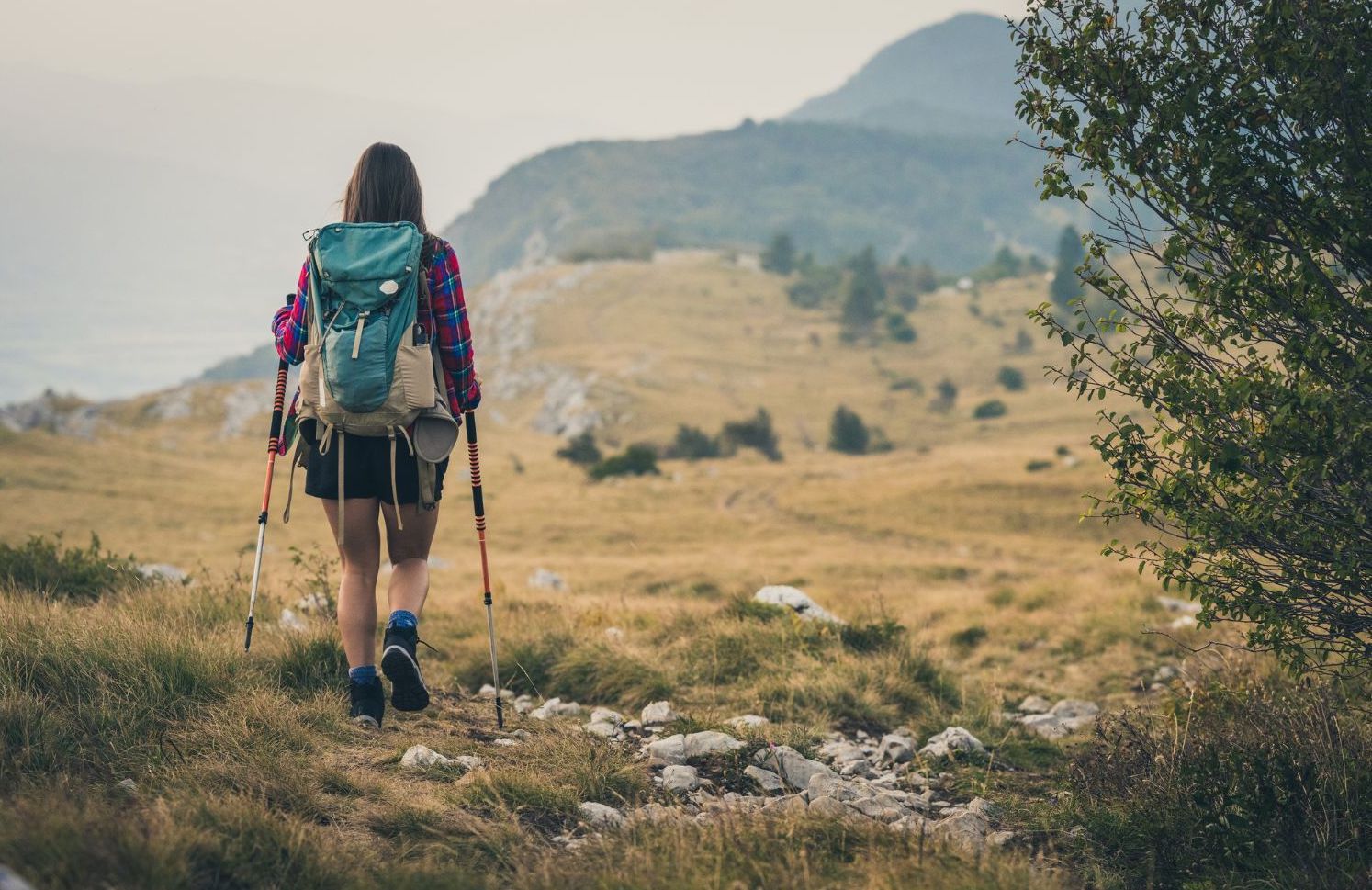
Professor Mackay specialises in ligament and tendon repair. He’s worked with active patients ranging from everyday hillwalkers to the Scottish international rugby team and Premier League football clubs - as well as serving as the official doctor for the 2014 Ryder Cup at Gleneagles. Alongside running his clinic in Stirling, Mackay runs the Surgical Goals podcast, which is focused on sports injuries and recovery. He is a leading authority on active joint health.
It's not that we can't undertake all sorts of amazing feats later in life, it's just that the knee needs time to adapt.
“A lot of people head out to go on an adventure, or become a Munro bagger, when they’ve not spent too much time in the hills before,” says Mackay. “This can be challenging to your joint, because the structures of the knee joint are just like muscles - they need to be exposed to load and they need time to condition, increasingly so as we get older. So it's not that we can't undertake all sorts of amazing feats later in life, it's just that the knee needs time to adapt.”
Mackay recommends building up to adventure ambitions gradually, to allow for this time. “A degree of training is required to get that nice foundation of strength and conditioning,” he says. “I would encourage people to give their knees a chance to gently adjust. Build up with rambling or trail walking and then progress to the hills, starting modestly and taking appropriate breaks, staying hydrated and being careful about the weight that they carry in their packs.”
The Shock Factor
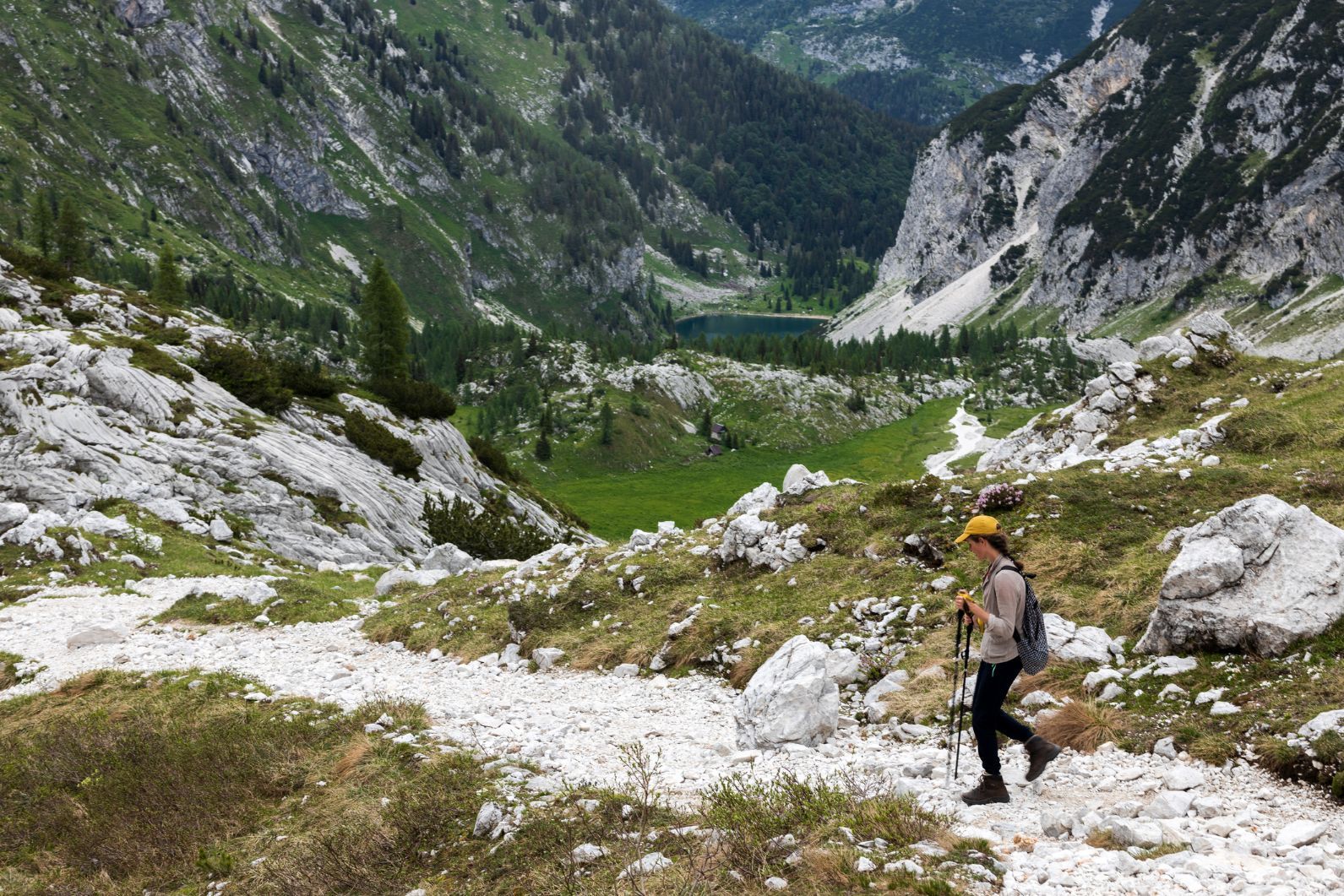
Many people underestimate the strain walking can put on a knee, says Mackay: “Every step that you take, up to three times your body weight goes through your knee, so if you're 80kg, that's a significant force, and that force might be higher if you're coming down a scree slope or unstable terrain, or having to drop off a small dyke. You've got to be able to shock absorb effectively.
“The body is cleverly designed. Internally, the anatomy is structured to protect the joint surface and help absorb that shock, but the most important contribution is actually the individual's weight - which you might not want to hear! - but weight is absolutely crucial, and certainly then the muscle support, which helps to stabilise and absorb shock.”
Every step that you take, up to three times your body weight goes through your knee.
Mackay says that hikers need to respect their descents as much as they do the uphill, and also notes the importance of walking poles.
“People often find they can bounce up a hill and it isn't too much of a challenge, but then on the way down they have to stop or weave, or there's achiness and they experience knee pain on that descent," he says. "That relates to the basic physics and forces, and the fact the knees were fatigued on the way up. Poles are important if you are a little vulnerable, because it definitely does off-load [weight] and provide a degree of protection to the joint, especially on the descent.
“If you’re not shock-absorbing and you're impacting that knee for several hours - say a two-hour descent from Ben Lomond - then you won't be doing yourself any favours in the longer term. It's likely to curtail your ability to access the outdoors, and it starts that downward spiral.” Enter the importance of walking poles.
Walking Poles: Badly Knee-ded?
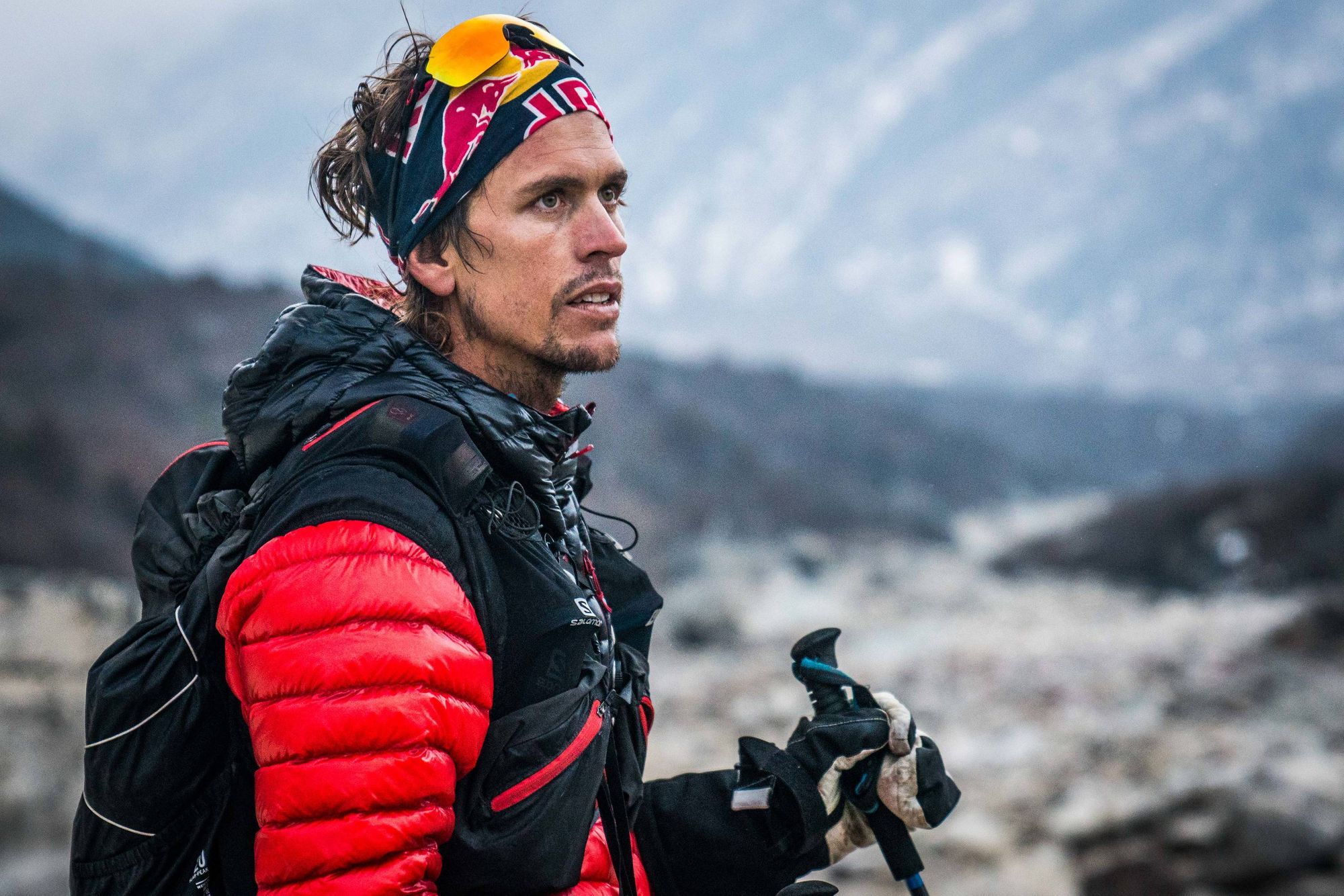
Walking poles are an invaluable tool for absorbing shock on trails. We asked Christopher King of Ardblair Sports Importers (ASI), who are the UK’s distributor for LEKI, one of the world’s leading pole brands, to explain what they actually do.
“The main thing is that they reduces forces on the joints,” King says. “So if you’re using poles on the flat, for every stride that you take, walking poles release 7kg of downward force on your lower limbs. If you’re going uphill, you’re releasing 10kg and downhill it’s 13kg. If you hold a pair of poles and stand on a pair of scales, just by resting them down you see the needle go down right away.
On the flat, for every stride that you take, walking poles release 7kg of downward force on your lower limbs.
“If you’re out all day and you’re not using poles, all that effort is going through your legs. You’re not employing your upper torso. Poles help alleviate that, so your recovery then accelerates - and knees are just one part of that.”
A 2009 study into injuries in Snowdonia found that 71% of ankle injuries on the mountains were sustained by people not using walking poles, the majority of which were on the mountain descent. The walking pole industry states that trekking poles can reduce lower limb joints forces by as much as 25%.
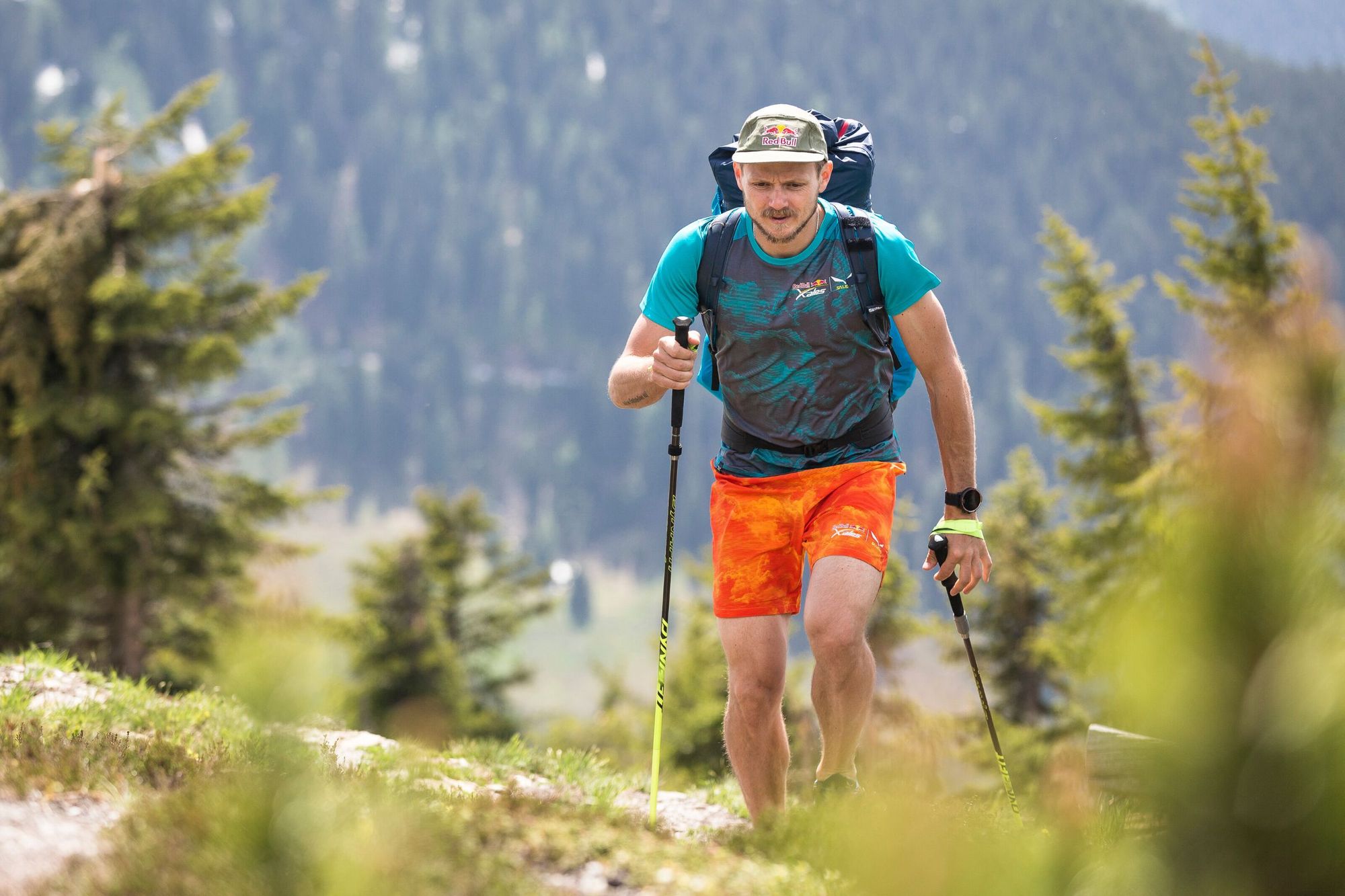
Poles are common in the mountains, but they're not ever-present. So is there still a stigma around poles, connected to the image of the elderly walking stick?
“The most frequent question I get is ‘is it something for old people?’” laughs Christopher. “We can’t change the self-conscious aspect, but for me, it’s not an age thing - it’s an environment thing. If you go to the hills, you’ll see that poles are being used by everybody of all different age groups."

For Chris, there are still other stigmas still at play, though.
“The market in the UK and the US are behind the times, in comparison to our European neighbours, where it’s standard practice,” says Chris. “In the UK there’s a slight purist approach, where they’re viewed as cheat sticks - but that’s changing rapidly.” There are several different types of walking poles now - outdoor, nordic walking and trail running poles - covering all sorts of outdoor access. “Just like a pair of running shoes or a backpack or jacket, it’s now being viewed as an aid to performance,” King says.
As long as people build up steadily, gradually and incrementally on the whole, and they haven’t had a serious past knee problem, they will adapt, and it's amazing what you can actually achieve.
Professor Gordon Mackay is keen to highlight that if you build and condition right, managing your joints doesn’t have to compromise your ambition.
“As long as people build up steadily, gradually and incrementally on the whole, and they haven’t had a serious past knee problem, they will adapt, and it's amazing what you can actually achieve,” he says. “It just needs to be gradual. A lot of your readers will find that if they really look at their knees critically, the muscle bulk on one leg is better than the other, or that one leg doesn't quite straighten fully if they're sitting flat. These are all little clues that they have to take care and modify their activities, otherwise there will be a risk of accelerating the problem and any early arthritic change within the joint.
“A little bit of knowledge about what some of the signs are, and what to look out for early on will help to maintain joint health and increase your level of activity.”
Listen To Your Body
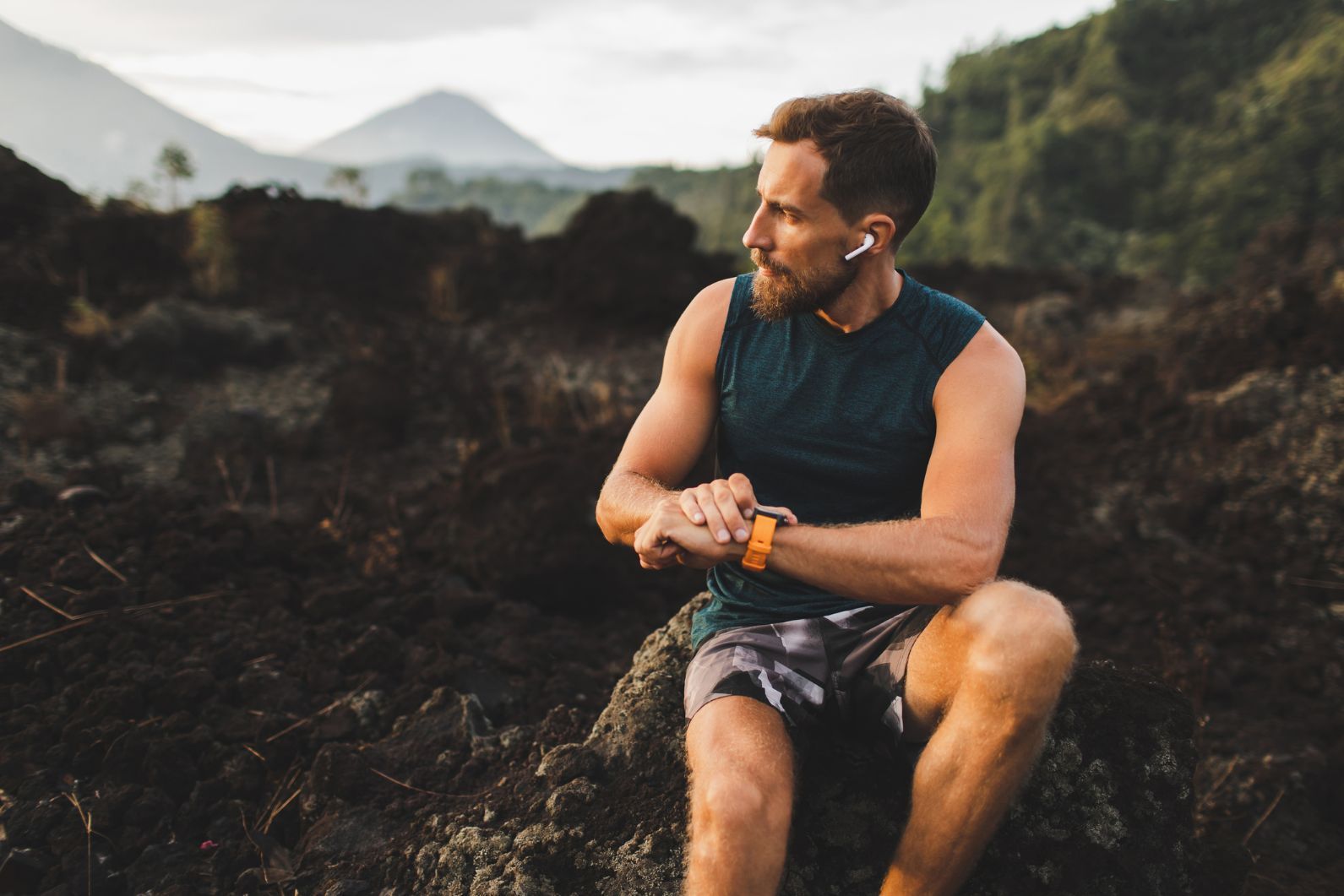
Those with previous injuries to their knee need to take extra care, says Mackay: “If your knee already has some mischief internally, such as some early arthritis or a previous cartilage injury or worst of all some instability in your knee from previous injury then you're at much higher risk of having joint discomfort.”
“If your knee is creating a little bit of debris or your joint has been traumatised it can result in a sympathetic swelling in your knee. Readers may find their knee is a little puffy or tender [after hiking], and when they ice it down and rest, it settles down in a couple of days and they go again, but a modest swelling in the joint - so that there's just over 10mls of extra fluid - is enough to inhibit the quadriceps muscle. So instead of shock absorbing normally, that little puffiness makes that extremely difficult, and therefore you're going to jar the heads of the bones together much more and again create further inflammation and discomfort.
Generally speaking, if you don't listen to your knee and you try and tough it out, instead of things getting better, almost invariably they get worse.
“So if you’re going out on a weekend trail, the first day might be fine, but it might be a wee bit puffy at night, and you might struggle the next day. Often it's that modest swelling, which is not immediately obvious, which is inhibiting the muscles and causing fatigue. You can get into all sorts of tricky situations. Generally speaking if you don't listen to your knee and you try and tough it out, instead of things getting better, almost invariably they get worse.”
Mackay is an expert in rehabilitation though - and is keen to emphasise that if you build back right, there’s no reason you can’t set ambitious targets. He encourages the elite athletes he works with in recovery to look for three things in particular - their stability, strength and their range of movement.
“These are the things we like to establish before building up the intensity and duration of exercise,” he says Mackay. “But if everything is good, then there's no reason why you can't keep challenging those joints in increasingly ambitious targets.”
Inspired? Give yourself something to train for, and check out our full range of adventure holidays now!

